Lets get to the core of this
Posted on July 29th, 2019 by Andries Lodder
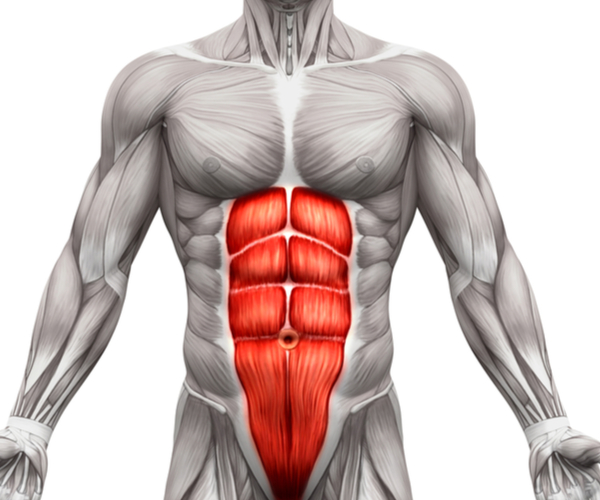
The one aspect we commonly hear as athletes and trainers is “have a strong core or core stability”, but what do the “core” muscles consist of and why is it an important component in rehabilitation and sports.
Core stability relates to the bodily region bounded by the abdominal wall, the pelvis, the lower back and the diaphragm and its ability to stabilise the body during movement.
The main muscles involved include the transverse abdominis, the internal and external obliques, the quadratus lumborum and the diaphragm.
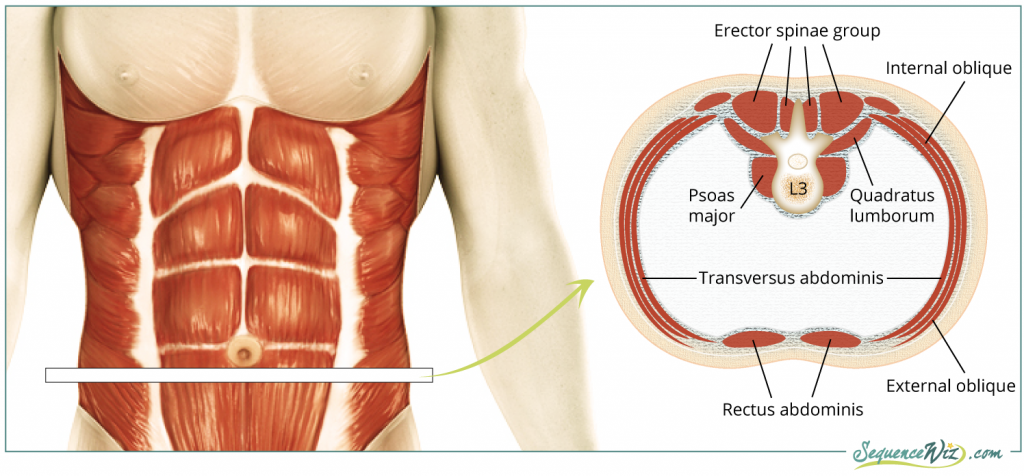
Why is core stability so important?
Core stabilization is important because:
- It improves dynamic postural control
- Ensures appropriate muscular balance
- Affects joint movement around lumbo-pelvic hip complex
- The core is the centre of gravity & where all movement starts from
- Operates as an integrated functional unit
- The body’s stabilization system must function optimally to effectively use the Strength, Power, Neuromuscular control, and Muscular endurance developed in prime movers
- Decreased neuromuscular effectiveness leads to compensation & substitution patterns as well as poor posture during functional activities
Exercises to strengthen your core:
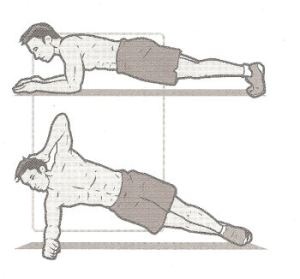
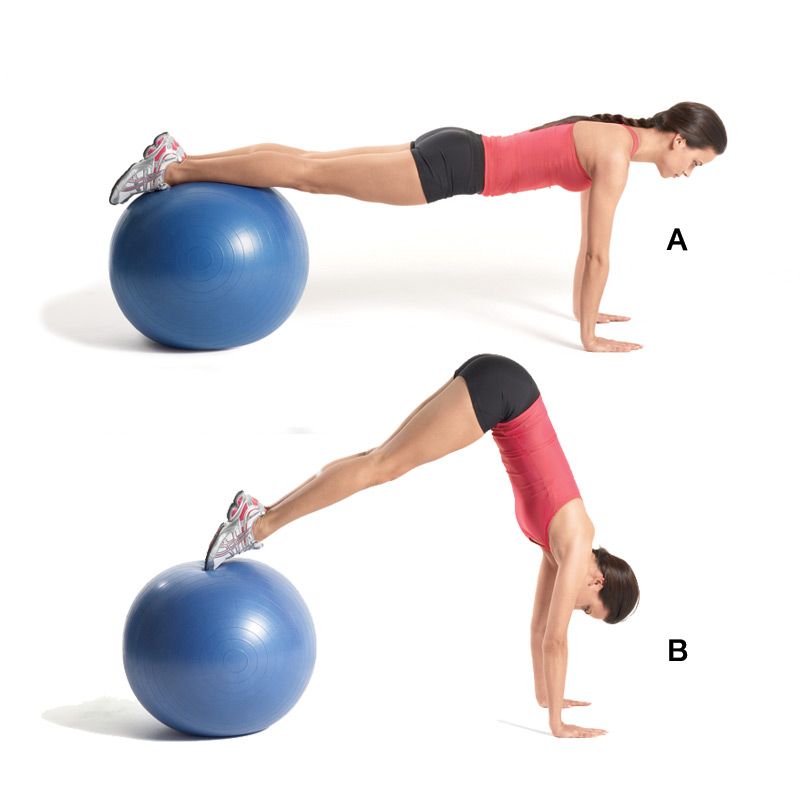
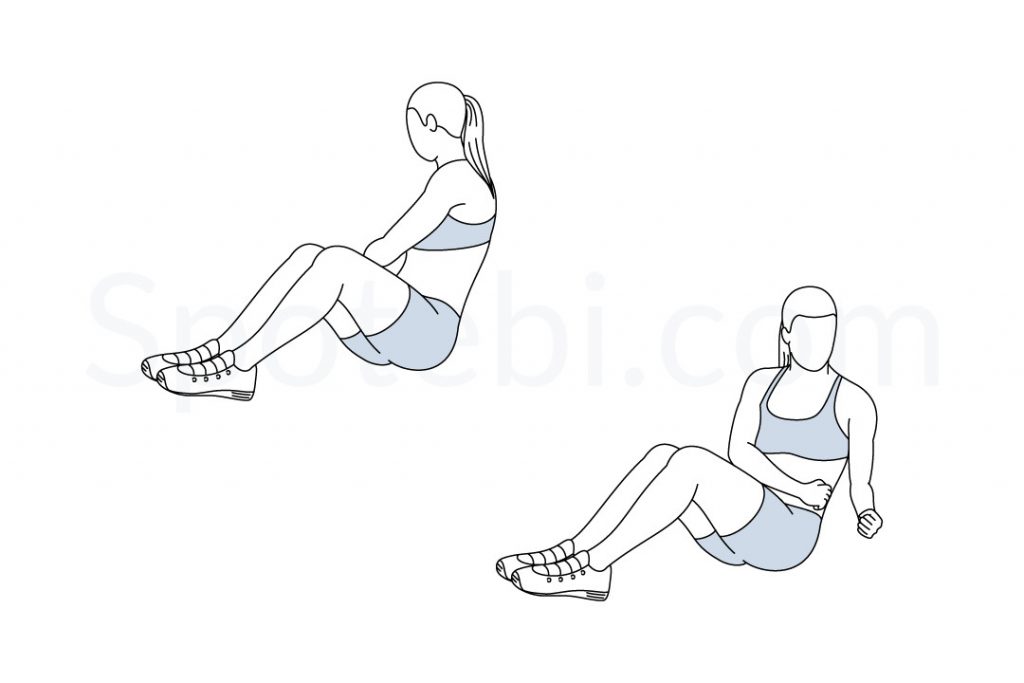
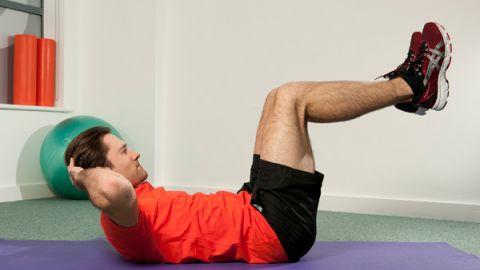
If you are struggling with core stabilization, lower back pain or posture problems, core strengthening is specifically for you. Core strength is something we as biokineticists emphasize during training to ensure exercises are completed pain free and with good posture.
If you need some assistance with core strength, don’t hesitate to contact us.
Tweet